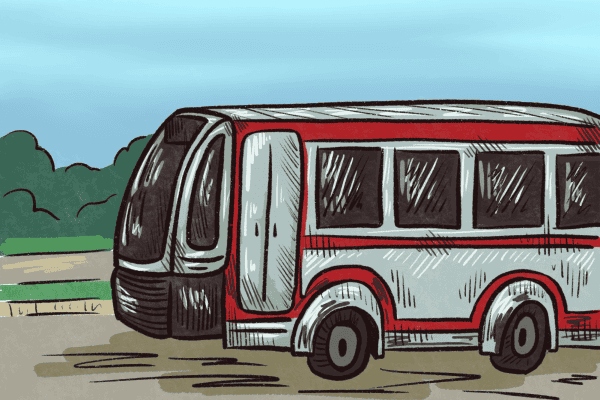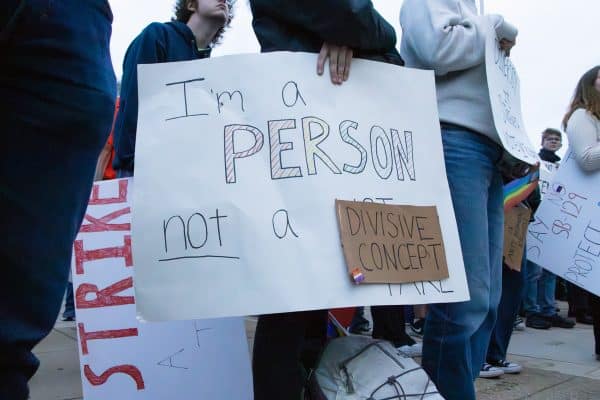Spring semester is worse in college
April 8, 2019
What’s one feeling we can all remember well from high school, no matter our individualized experiences? Senioritis.
For some, the newfound freedom and responsibility associated with college classes reignited academic passions. For others, procrastination increased, and the dedication to complete coursework decreased. For me, I was lucky enough to remain committed to doing well in school and attending class (for the most part). However, like everyone else, I’m not immune to the second-deadliest affliction that infects students: spring-semester-itis. Right after senioritis, spring-semester-itis is one of the leading nationwide causes for the downfall of college students – and their GPAs.
Being a victim of spring-semester-itis, I’ve tried my best to identify what causes this puzzling condition. For one, college is a totally different environment than high school. Many college students experience a drastic change in their freedom to make decisions about how they will spend their time when compared to younger students who are still living at home. The liberty to make choices about how we spend our time is both a blessing and a curse, but we have the power to make decisions about how much time will be dedicated to each task year round, not just in the spring. So what makes it harder to choose the right activities and prioritize our academics in the spring?
When we return from hibernating, eating delicious food, traveling, celebrating the holidays and avoiding homework during our nice, long winter break, we are eager for the next long break from school: summer. Spring semester obviously feels much closer to the beginning of summer than fall semester does, so even if it’s still 40 degrees and blustery outside, we feel like we’re nearing closer to a long stretch of freedom from school. Even worse, once spring break rolls around, many students travel to warmer destinations and get a taste of summer that makes them want the semester to hurry up and end.
It seems the cases of spring-semester-itis nearly double following daylight saving time. With more hours of light in the day, we develop a false sense of security about how much time we have left in the evening to complete different assignments. Unfortunately, just because the hours of light have increased does not mean that the hours in the day to get things done have. Also, since seasonal affective disorder (SAD) is very real, some students finally feel better after a long, hard winter. Feeling happier, more positive and energetic for the first time in a few months doesn’t lend itself well to wanting to stay inside a dimly lit library and read for hours. For other students living with SAD, the spring season is when they are more symptomatic, which can make it hard for them to find the motivation to go to class.
Finally, one of the most obvious reasons for spring-semester-itis affecting so many students is the beautiful weather. With the inviting green grass on the Quad, blue skies free from clouds, warm air and the sun shining high in the sky, the last thing that anyone wants to do is go to class in sterile, chilly rooms illuminated with blinding white fluorescent lights.
Don’t worry, though – classes will be out in just a few short weeks. Try to go to class and soak up the last few important lectures before finals and sun yourself on the Quad after you finish that economics homework. And, if you’re one of the unfortunate individuals who is suffering from both spring-semester-itis and senioritis simultaneously, just remember to get enough sleep, drink water, take your vitamins and count down the days until you graduate.











